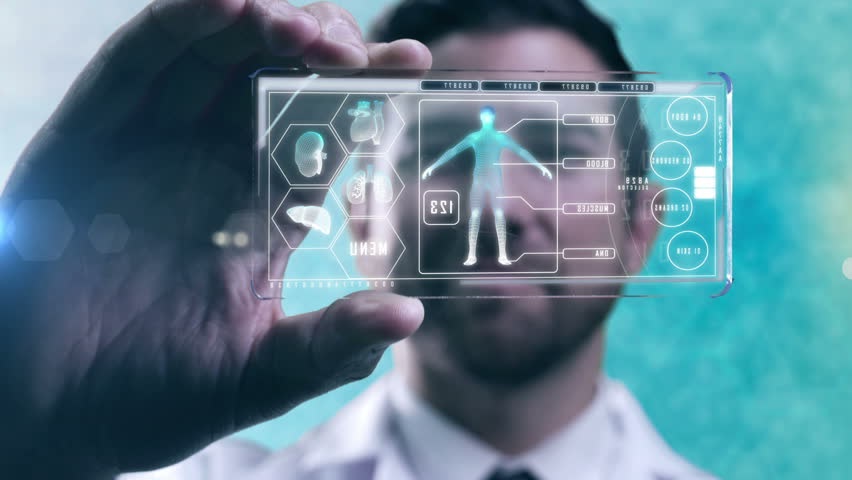Touchscreen technology has become a critical part of the medical field, used in everything from monitors and tablets to glucose readers and thermometers. They’ve become important tools in the operating room, they’re used by nurses to monitor patients, and they have even been implemented in self-patient kiosks to streamline service in hospitals and pharmacies. In only a matter of years, they have reduced dependence on peripheral equipment (mice and keyboards, for example), reduced the frequency of mechanical failures, reduced the size of equipment, and overall improved the efficiency of monitoring equipment.
Medical professionals need large quantities of information immediately whether they’re diagnosing, monitoring, or operating on a patient, and better touchscreen technology allows them to access that information seamlessly and with minimal risk of contamination. However, not all screens are the same, and for a medical equipment OEM or systems integrator, it’s important to know what kinds of technology are out there and how they’re used in the medical field.

Touchscreen suppliers for medical equipment have developed several solutions for different scenarios, including resistive and projected capacitive touchscreens by A D Metro. The resistive solution is most frequently seen in industrial PDAs, Interac machines, ATMs and kiosk technologies; it can be operated by a stylus, an everyday object like an eraser, a finger, or a gloved finger, making it a great solution for medical environments where the risk of contamination needs to be minimized. It can also be used as part of a mobile-medical solution for paramedics or search-and-rescue operations that take the technology outdoors and into potentially harsh environments. Touchscreen manufacturer A D Metro has also developed an ultra resistive screen that can withstand extreme conditions and even heavy impact, meaning that it won’t fail when operators need it in an emergency.
The projected capacitive touchscreen, on the other hand, is better suited for situations that demand less ruggedness and more precision and speed, meaning it’s great for monitors, all-in-one PCs, and kiosks. It relies on the electric charge of the human body rather than applied pressure like the resistive model, which means that it requires a finger rather than a stylus and cannot be operated with gloves. This creates a more responsive interface and allows you to pinch and swipe in addition to simply pushing; it’s multi-touch capability means it responds to multiple touch-points at once. This is the kind of screen used in smartphones and tablets, and it conducts the electric charge of the human body through a conductive coating like ITO (indium tin oxide). The primary limitation of this type of screen is the limited ways to operate it, i.e. by human touch only, meaning it may not be an ideal solution for surgeons who cannot come into contact with any non-sterile object.
Touchscreens by manufacturers like A D Metro offer major advantages over older, button-and-dial hardware, including the ease with which OEMs can reconfigure and customize the interface (since it only requires programming), durability, and the ability to easily disinfect them. Find the right manufacturer who can supply durable and reliable solutions that meet your clients’ expectations.